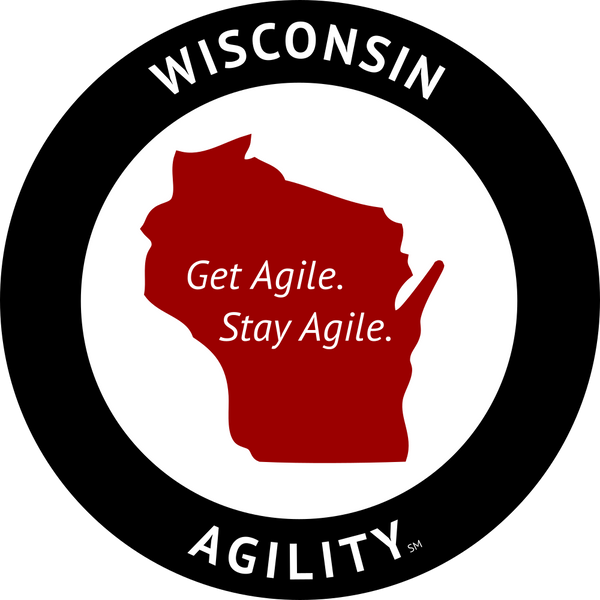The Power of Frequent Releases: Accelerate Value Delivery and Learning
Chad Beier and Jeff BubolzShare
In our previous discussions, we explored the importance of broad product definitions and cross-functional teams in achieving operational agility. Today, we focus on the third critical component: releasing frequently. This practice is a true game changer, enabling organizations to become more adaptive and responsive.
Why Frequent Releases Matter
Frequent releases fundamentally change the dynamics of product development. When you deliver value often, you mitigate the risk of overspending, increase the overall value delivered, and accelerate your learning process. Let's break down the benefits:
Mitigating Risk
Frequent releases allow you to validate your direction continuously. Instead of working for long periods without feedback, you can quickly identify if you're heading in the wrong direction and course-correct before significant resources are wasted.
Increasing Value
With each release, you're delivering value to your customers. The more frequently you release, the more value is delivered over time. This constant flow of value increases transparency with our customers, provides the ability for you change direction often, and brings data into the conversation around outcomes you're after.
Accelerating Learning
Each release provides an opportunity to learn. By delivering frequently, you gather feedback that informs future decisions. This rapid learning cycle enables you to refine your product continuously and avoid increasing the gap between tangible customer value and assuming proposed value.

The Risk of Infrequent Releases
Consider the consequences of not releasing frequently. Imagine you're running around in circles with your eyes shut. You might be busy with a lot of work and activities, but without validation and direction, you're not making meaningful progress. This analogy highlights the inefficiency of long release cycles, where you might build a lot but fail to deliver real value.
In contrast, frequent releases are like taking small, purposeful steps with your eyes open. Each step is validated, and you know you're moving in the right direction, towards delivering value.
How to Improve Your Delivery
If you're not satisfied with your current delivery process, start by examining the age of your work items. Look at the value items in your system and assess how long they've been open. Focus on delivering the oldest items first and avoid starting new work until you've cleared the backlog. Stop starting and start finishing. This approach will help shrink your cycle time, making your deliveries more predictable and consistent.
Remember, your customers care about the value they receive, not how long something sits on a backlog. By focusing on consistent deliveries, you enhance your ability to provide that value.
Addressing Common Challenges
Sometimes, delays in delivery stem from dependencies within your team. If you find that certain skills or resources are consistently causing bottlenecks, it's time to reevaluate your team structure. Perhaps your teams aren't fully cross-functional, or maybe they're not aligned around valuable outcomes.
By tracking work at the value level and fostering collaboration across teams, you can reduce these dependencies and accelerate delivery. This approach not only improves operational agility but also sets the stage for strategic agility, where your operational capabilities become a strategic lever.
Operational Agility is the Foundation for Strategic Agility
Frequent releases are a crucial component of operational agility. They enable organizations to deliver value consistently, learn quickly, and adapt to changing conditions.
Remember, operational agility is the foundation upon which strategic agility is built. Focus on delivering value frequently, and you'll be well on your way to achieving both.

